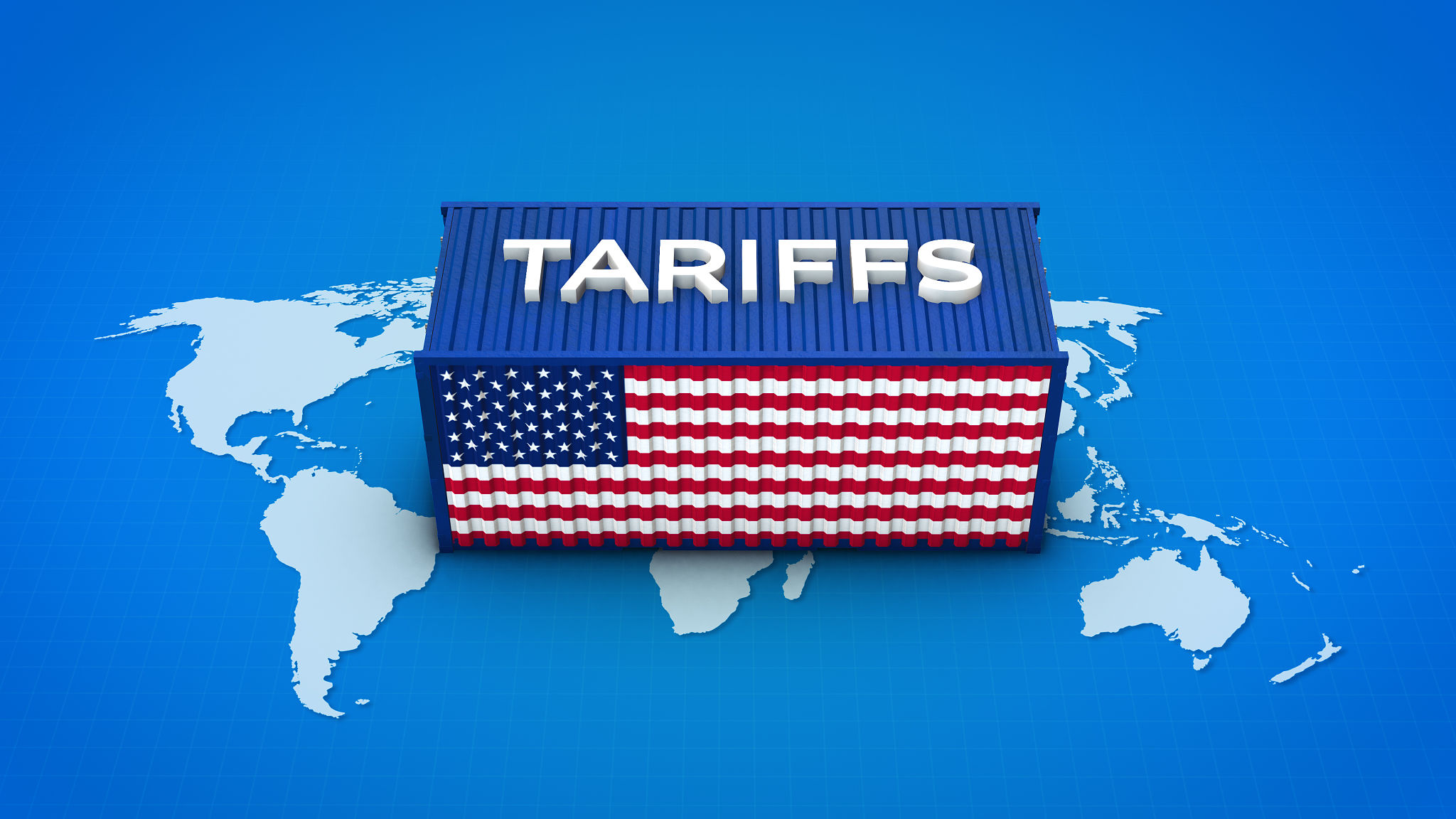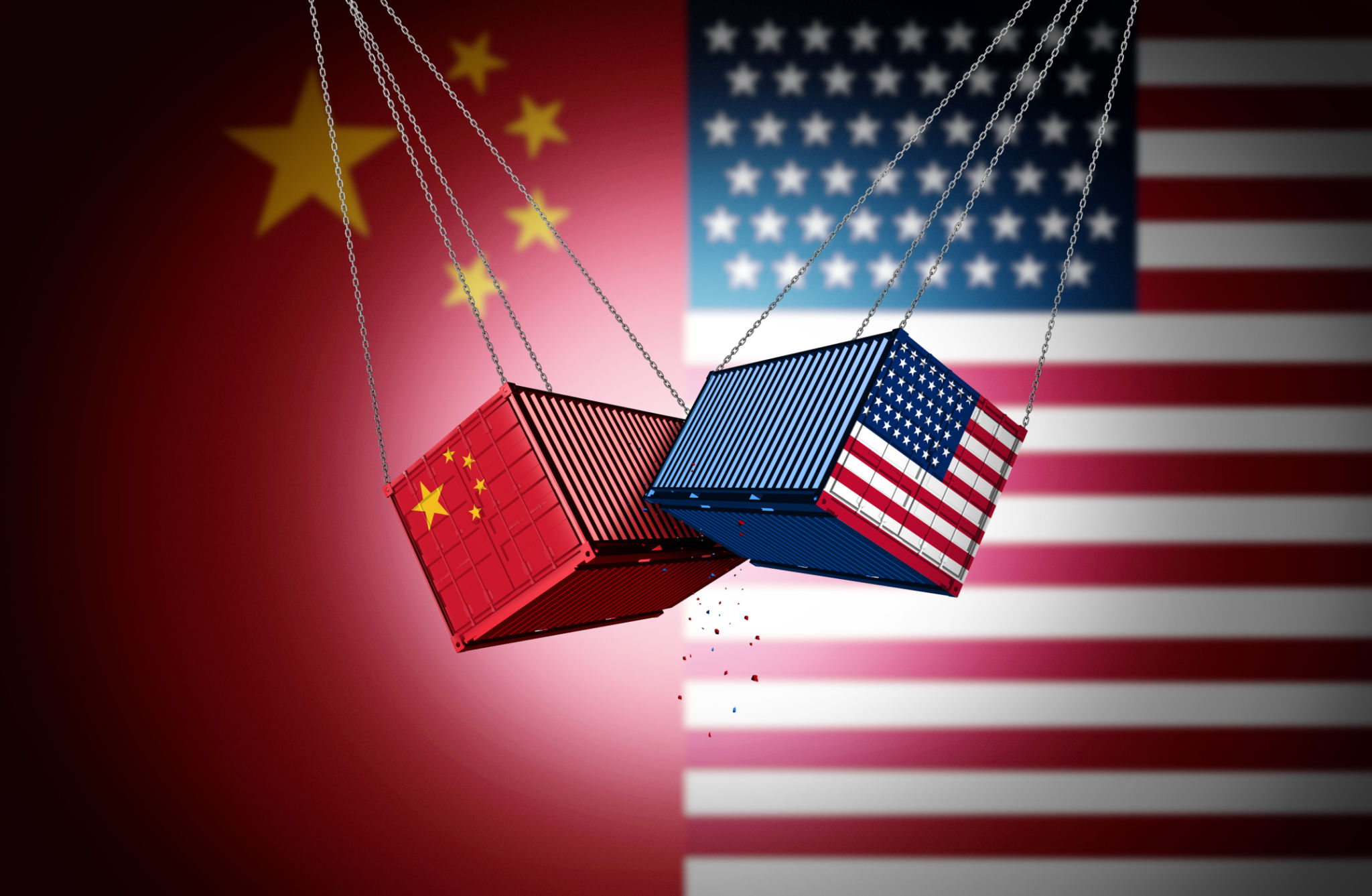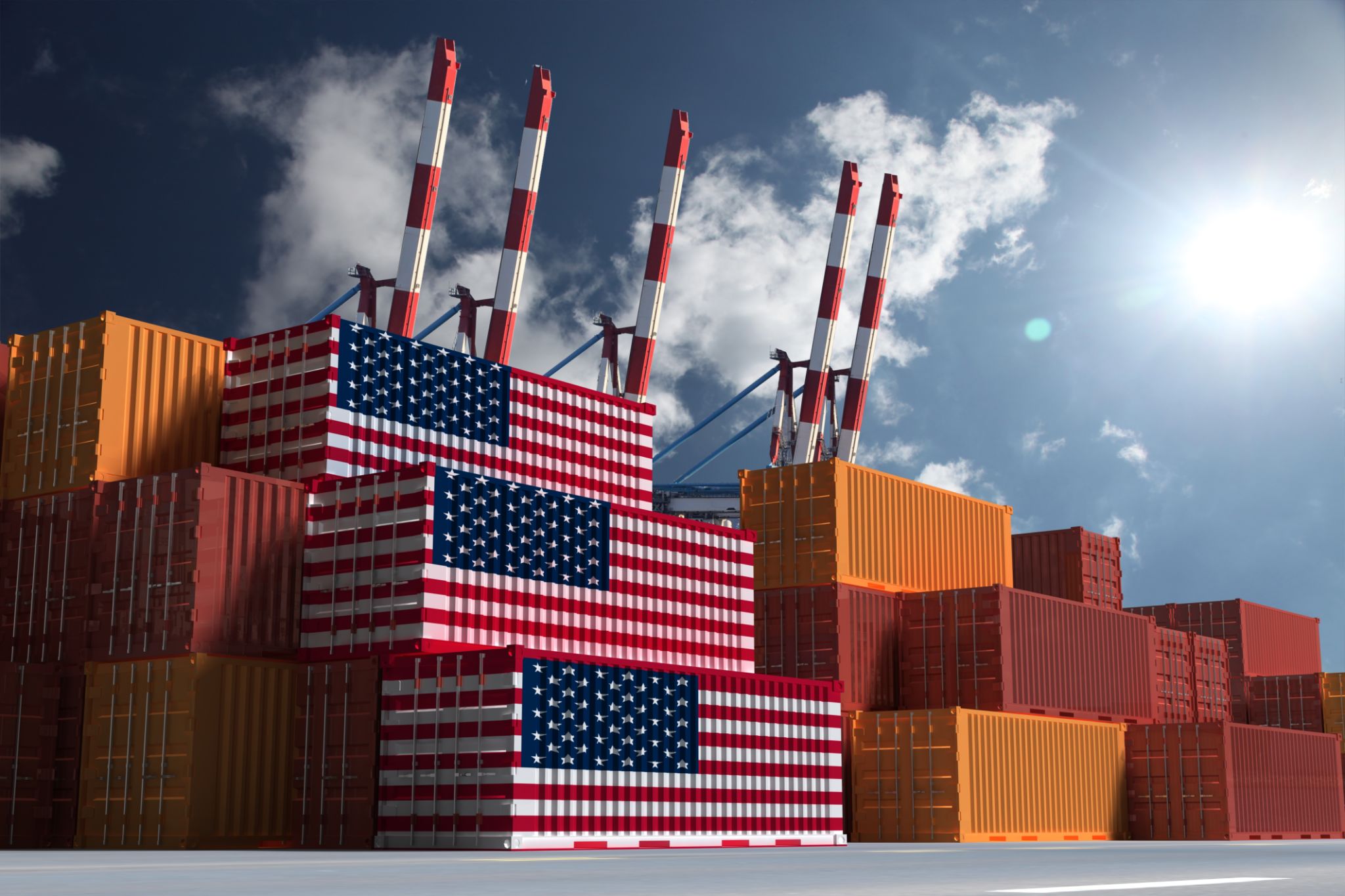Navigating U.S. Import/Export Tariffs and Taxes in 2025
PT
The Latest U.S. Import & Export Tariff Landscape (2025)
In 2025, the U.S. trade environment is undergoing major shifts as new tariff and tax policies take effect. These changes significantly impact logistics providers, global supply chains, and businesses that rely on international trade. Below is an overview of the key developments and what they mean for importers and exporters.
1. Key Tariff Policies in 2025
1.1 The “Liberation Day Tariffs”
On April 2, 2025, President Donald Trump signed Executive Order 14257, establishing the so-called “Liberation Day Tariffs.”
This measure introduced a baseline 10% import tariff on nearly all imported goods (with limited exceptions) starting April 5, 2025.
In addition, the U.S. imposed “reciprocal tariffs” on specific countries based on their trade practices and market barriers. This means that import duties can be much higher depending on the country of origin.

1.2 End of De Minimis Exemptions
Previously, goods valued under $800 could enter the U.S. duty-free under the de minimis rule.
Effective May 2, 2025, the U.S. ended de minimis exemptions for imports from China, Hong Kong, and Macau.
By July 1, 2027, this exemption will be eliminated for all countries, under the One Big Beautiful Bill (OBBB).
This means even small parcels, such as e-commerce shipments or product samples, will now face duties and full customs procedures.

1.3 Sector-Specific Tariffs & Expansions
Using legal tools like IEEPA, Section 232, and Section 301, the U.S. is applying additional duties in strategic industries such as steel, aluminum, electronics, energy, and high-tech components.
For example, some goods from China may face tariffs as high as 145% depending on the product category.
Starting August 1, 2025, tariffs on Canadian imports were also increased to 35% (from 25%), except for goods that qualify for preferential treatment under the USMCA trade agreement.

1.4 Domestic Tax Implications – OBBB
The One Big Beautiful Bill (OBBB) also brought sweeping domestic tax changes.
Beginning January 1, 2026, a 1% excise tax will apply to electronic transfers of funds from the U.S. to foreign accounts.
OBBB codifies the elimination of de minimis and adjusts depreciation, investment incentives, and other corporate tax provisions to encourage domestic manufacturing.

2. Impacts on Businesses and Supply Chains
2.1 Rising Costs and Risk
The end of de minimis means importers must pay duties even on low-value shipments, increasing landed costs.
Supply chains reliant on imported inputs face rising expenses if key components are tariffed.
“Reciprocal tariffs” create uncertainty, as rates may shift based on ongoing trade negotiations.

2.2 Customs and Compliance Pressure
Full customs clearance (HS codes, documentation, permits) is now required even for small parcels.
Proper country-of-origin certification is critical to qualify for preferential tariffs under USMCA or other agreements.
Companies must carefully monitor tariff lists and country designations to remain compliant.

2.3 Competition and Sourcing Strategies
Higher tariffs on China may encourage diversification to Southeast Asia, Mexico, or nearshoring strategies.
However, if reciprocal tariffs expand, alternative sourcing countries may also face new duties.
Importers should evaluate shipment sizes and frequencies to optimize cost efficiency.
3. Economic Outlook
Analysts estimate that these tariffs will generate $174.9 billion in customs revenue in 2025 (approx. 0.57% of U.S. GDP).
Over 2026–2035, cumulative tariff revenue could exceed $2.5 trillion if policies remain unchanged.
The average effective U.S. import tariff rate has already surged from ~2.4% pre-2025 to ~18% in 2025.

4. Strategic Recommendations for Importers & Exporters
Stay Informed – Monitor tariff lists and reciprocal duty announcements regularly.
Maximize Origin Benefits – Ensure accurate certificates of origin to qualify for preferential trade agreements.
Plan Shipments Strategically – Consider consolidating shipments to reduce per-unit landed costs.
Diversify Supply Chains – Explore alternative suppliers and nearshoring options.
Leverage U.S. Fulfillment & Warehousing – Optimize last-mile distribution and reduce domestic tax exposure.
Contract Carefully – Use Incoterms and legal agreements to allocate tariff risks between sellers and buyers.

Conclusion
The U.S. trade environment in 2025 is more unpredictable and costly than in previous years. Businesses must adapt quickly—by diversifying suppliers, strengthening compliance, and leveraging logistics partners—to remain competitive in global markets.
At Pax Trading Inc. (ShipHub), we continuously monitor regulatory changes and support our clients with reliable logistics, fulfillment, and customs solutions to help navigate this evolving trade landscape.

